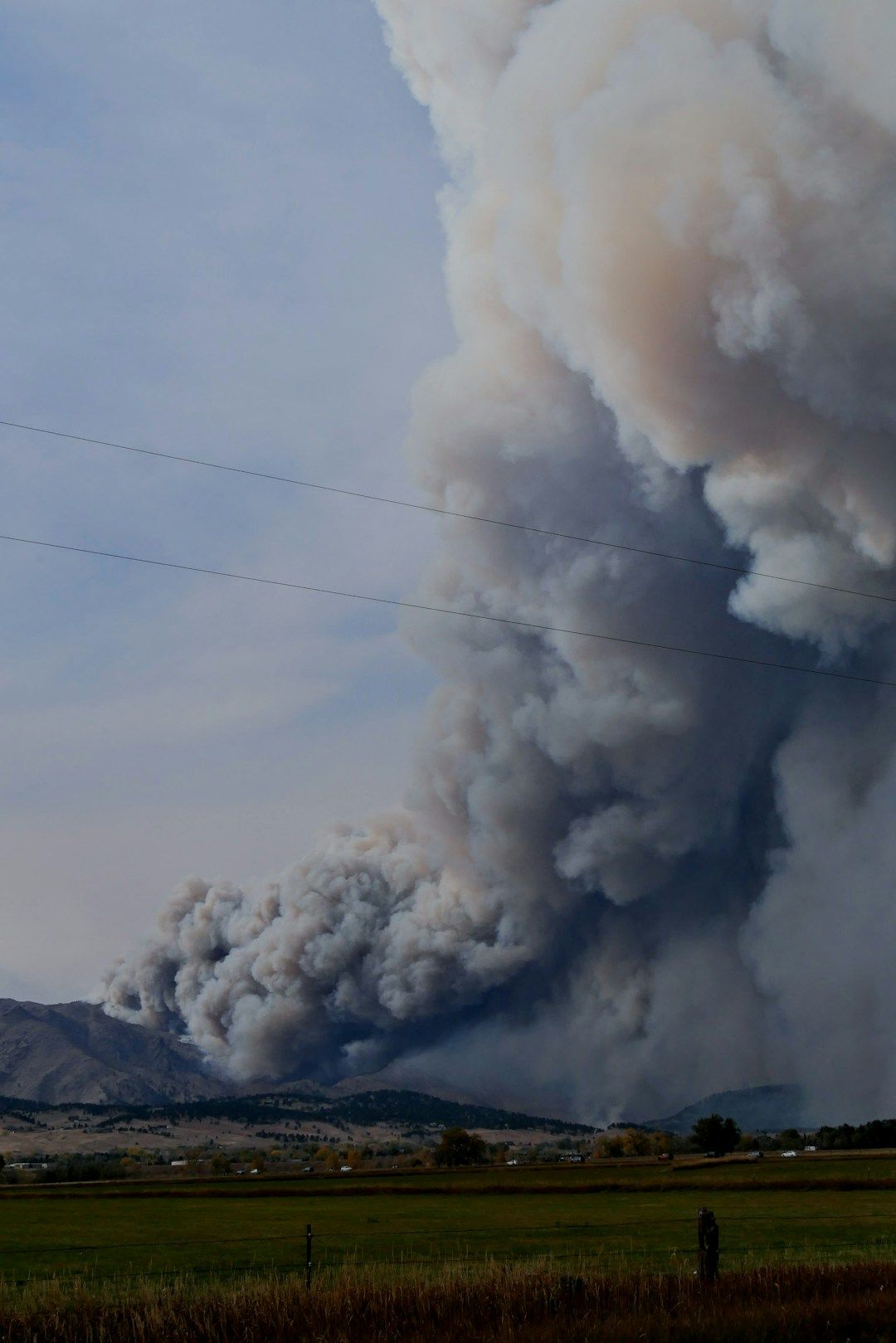Using Alternative Data to Assess Immediate Socio-Economic Impacts of Crises, Conflicts and Natural Disasters
This cutting-edge course will train participants to use alternative data sources to monitor the immediate socio-economic impacts of conflicts and natural disasters. Participants will engage in a learning journey that begins with a refresher on essential coding skills and progresses through the exploration of both open-source and proprietary data. Through hands-on exercises, students will learn to extract and interpret key trends in the wake of disaster scenarios, such as using nighttime lights for power outage analysis and social media data for insights into internet connectivity.
-
Duration
5 days: 3 online and
2 in persons -
Location
Washington, DC -
Training typology
Self-Paced Pre-Coursework
+ In-Person -
Certificate
For onsite participants




What's included?
-
Jupiter notebooks
-
Text materials
-
Certification
-
Peer to peer discussions
Learning Objectives
- Refresh skills in Python, QGIS, Jupyter Notebooks, and GitHub for data analysis and code collaboration.
- Understand range of open-source and proprietary alternative data sources and how to access them.
- Identify key indicators for crisis impact assessments.
- Execute hands-on analysis of alternative data to measure these indicators.
- Synthesize course concepts to analyze the impact of a recent crisis using alternative data.
- Present results as a collaborative webbook for dissemination.
Who we are looking for
Practitioners
and researchers excited to use their data science skills to uncover crisis
impact trends, as the crisis is occurring.
Meet our core team
Holly Krambeck
Program Manager with the World Banks' Development Data Group
Dunstan Matekenya
Data Scientist with the World Bank's Data Lab
Maria Sol Tadeo
Data Scientist at the World
Bank Group
Bank Group
Gabriel Stefanini Vicente
Data Scientist at the World
Bank Group
Bank Group

